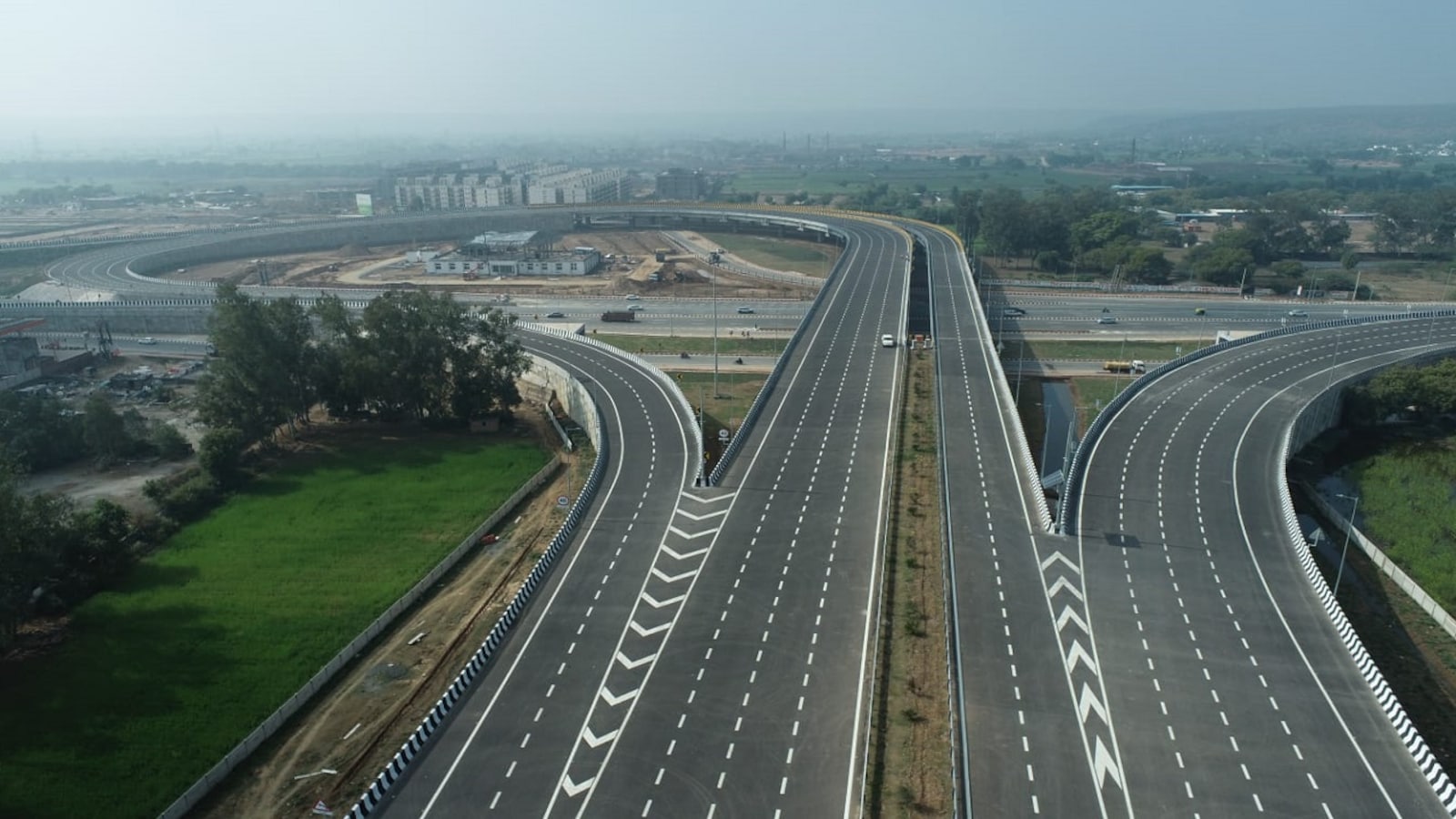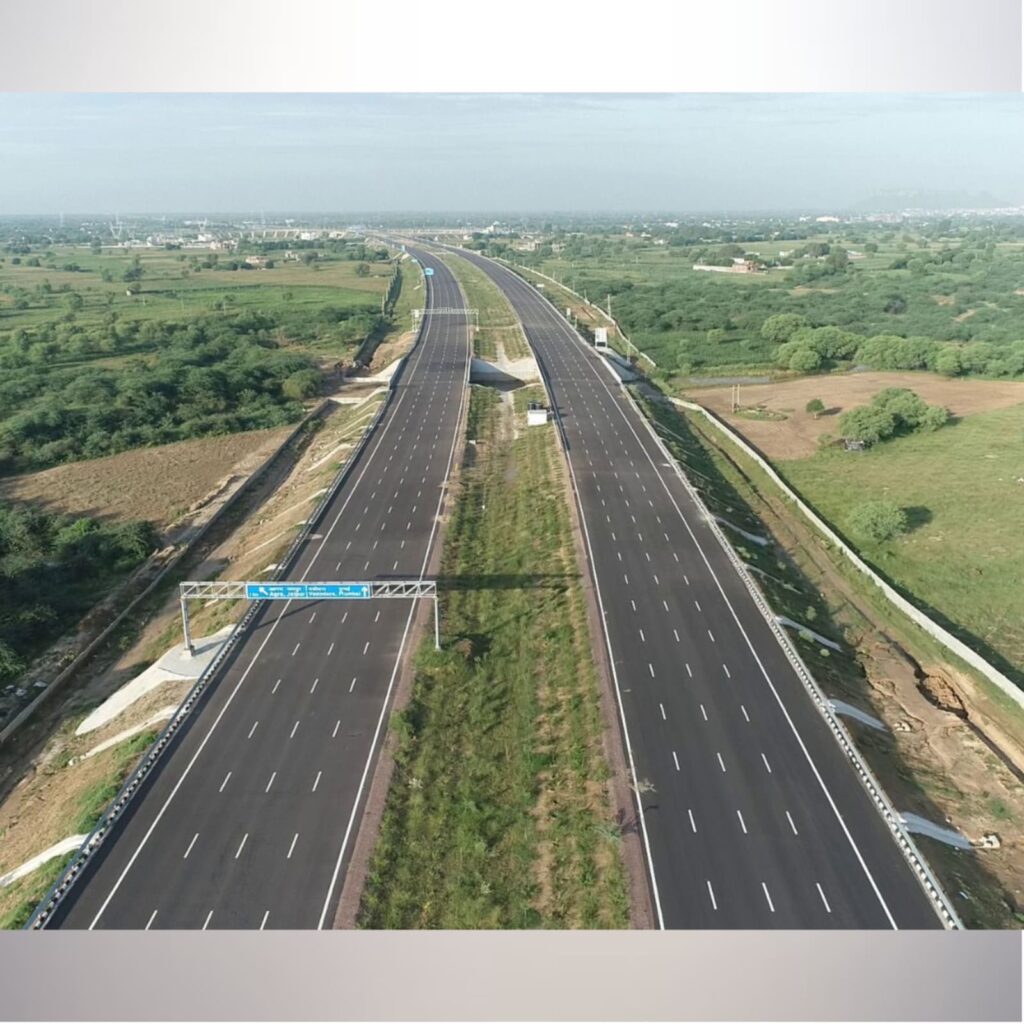India’s most ambitious road infrastructure project — the Delhi–Mumbai Expressway — is in its final stage of completion and is expected to be fully operational by December this year, marking a new era in the country’s transport connectivity.
Spanning an impressive 1,386 kilometres, the expressway will connect Delhi, Haryana, Rajasthan, Madhya Pradesh, Gujarat, and Maharashtra, making it the longest expressway in India. Once completed, it will cut travel time between Delhi and Mumbai from 24 hours to just 12 hours, offering a massive boost to trade, logistics, and tourism.
A Landmark in India’s Infrastructure Development
Developed by the National Highways Authority of India (NHAI), the Delhi–Mumbai Expressway represents a major leap in India’s commitment to modern, world-class infrastructure. The project has been divided into nine phases, with over 80% of the construction already completed.
Currently, two major stretches — Delhi–Dausa–Lalsot and Vadodara–Ankleshwar — are already operational, providing a glimpse of the expressway’s world-class design and convenience. Except for minor sections in Maharashtra and Gujarat, the remaining parts are expected to be opened to the public by the end of 2025.

Key Cities on Route
The expressway will directly link major economic and cultural hubs such as:
Jaipur (Rajasthan)
Kota (Rajasthan)
Indore (Madhya Pradesh)
Vadodara (Gujarat)
Surat (Gujarat)
This connectivity will not only boost industrial and logistics activity but also create seamless access for travellers, transporters, and tourists across North, Central, and Western India.
Economic Growth and New Opportunities
Apart from reducing travel time, the Delhi–Mumbai Expressway is expected to fuel economic growth along its corridor, with the development of:
Logistics parks
Food hubs
Manufacturing clusters
Rest zones and fuel stations
These developments will create new jobs and investment opportunities, positioning the corridor as a key engine for India’s growing economy.
A Symbol of New India’s Ambition
Once operational, the Delhi–Mumbai Expressway will stand as a symbol of India’s rapid infrastructure transformation, showcasing how innovation and planning can drive national progress. With its completion, long road trips, faster freight transport, and intercity travel between the country’s two most important metros will soon become smoother, faster, and safer.


